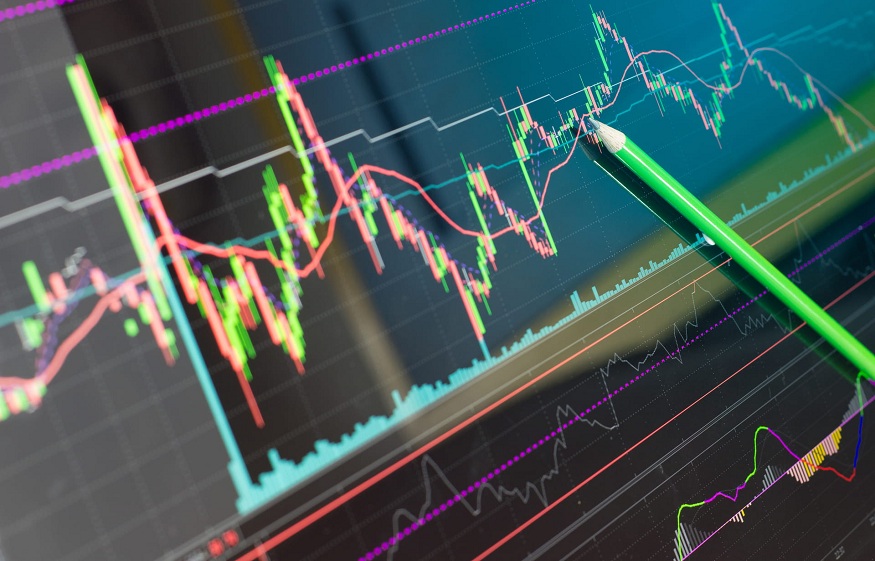Market prices change every day – but why? What makes them move? This is explained by fundamental analysis.
What is fundamental analysis?
Fundamental analysis is based on the assumption that all assets should be priced correctly. The underlying logic is clear: if something looks undervalued, investors should buy it. On the other hand, if some markets remain overvalued, it would be reasonable to click on the “sell” button.
The fundamental conditions change all the time. For example, if the company reports better-than-expected results, its stock price should rise. Similarly, when a given country’s economy is booming and incoming economic data exceeds expectations, its stock market and currency are expected to rise. On the other hand, the poor results of certain companies or countries should be considered negative for asset prices. Of course, fundamental analysis can be applied to different markets, not just stocks. In fact, fundamentals have a huge impact on different types of markets, including indices, commodities, and currencies.
Fundamentals and stock indices
Stock indices generally depend on macroeconomic conditions, but also on individual conditions for specific stocks held within certain indices. Therefore, fundamental traders usually look at various economic prints that show how the economy of a given country is doing. If the economy is expanding, businesses are able to generate higher profits. In such a scenario, the outlook for businesses and the economy in general improves and stock markets are expected to rise.
On the other hand, high inflation is considered negative for stock indices. The explanation is quite simple: if prices rise too quickly, central banks may consider raising interest rates, and higher rates mean there are more alternatives to investing in equities.
Fundamentals and raw materials
When it comes to commodities, fundamental analysis is based on rising or falling levels of supply and demand. This is why investors are constantly evaluating key reports reflecting global demand for certain commodities as well as supply or inventory reports. The key relationship that drives commodity prices can be described by two simple formulas:
The supply of certain products is strictly dependent on factors such as weather, production strikes, technology or government policy. As far as oil markets are concerned, supply is also impacted by the OPEC cartel. Apart from this, investors pay attention to inventory data that hints at the level of demand, for example, a higher than expected increase in inventory indicates weaker demand and can be seen as negative for the price of materials. raw.
It should also be noted that major commodities are priced in US dollars. In general, commodity prices tend to fall when the US dollar strengthens. Accordingly, interest rates in the United States are also of great importance for commodity prices, as the dollar is expected to appreciate in a higher rate environment.
The first case could be associated with the booming economy – it ultimately leads to higher interest rates, which is bullish for the currency.
The second case could be associated with slower economic growth or even a recession – this should lead to lower interest rates, which is negative for the currency.
Remember that in the forex market you are always comparing one currency with another. The economic data for Japan could be good, but if the data for the US is even better, the US Dollar may gain against the Japanese Yen (USDJPY rising). Therefore, you should look for the strongest and weakest currencies.
Inflation reports – higher than expected inflation is generally seen as positive for the local currency, as it means central banks might consider raising interest rates
GDP data – as the economy grows, companies generate higher profits and people earn more, which could potentially lead to higher stock indexes and a stronger currency
Retail Sales – strong retail sales suggest the economy is expanding, which could lead to better than expected GDP data and, in turn, a stronger currency and higher stock prices
Industrial production – provides information on the development of the volume of production in the industrial sector, which is part of the GDP report. Strong industrial production is considered positive for the currency and the local stock market.
A trader decides to open a long position in the US100 – a CFD for an index reflecting the 100 largest US technology stocks listed on an organized market. In order to open a long position, a trader should choose an appropriate volume and click on the green button which is located in the upper left corner of the chart – instant execution is the fastest way to place a trade. The green button always displays a price at which you can enter a short position.
In order to short sell OIL.WTI, you can click on the “sell” button, thereby placing an order. Obviously, you don’t need to own any underlying instrument when trading CFDs – you are just betting that oil prices will go down. Source: xStation5
Conclusion
To sum up, markets react to many economic readings that have a huge impact on fundamentals – and fundamentals have a dominant role in shaping asset prices.
Fundamentals are important in market analysis, but it should be noted that in the decision-making process, many factors must be taken into account and they do not guarantee a specific market movement.

